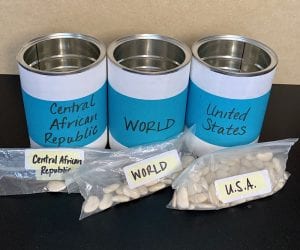Last month, we wrote about the limitations of GDP (gross domestic product) as an indication of a country’s welfare. We also talked about alternative measurements such as the GPI (genuine progress indicator) that provide a more holistic picture of human wellbeing. So what is the difference between the GDP and GPI?
GDP shows economic activity, measuring all goods and services produced in a given period. In this model, all economic activity contributes to GDP, so any increase in goods/services—whether it is hiring new teachers to improve education or rebuilding homes after a hurricane—positively affect GDP. The problem with relying solely on the GDP is that it is a poor reflection of a country’s social welfare; it does not adjust for things like income inequality or environmental damages that result from economic activity.
GPI looks at a combination of economic, environmental, and social indicators to create a picture of the overall progress of a country or state. GPI also starts with measuring economic activity but includes negative economic factors such as income inequality and the cost of underemployment. Environmental indicators such as pollution and the loss of farmland negatively affect the GPI. A range of social indicators, from the value of volunteer work to the cost of crime, are also weighed, producing a figure that takes into account a more comprehensive scope of human experience.
A few states such as Maryland and Vermont have begun to measure GPI, and the trend is catching in countries across the world. While the GDP remains the preferred measurement of welfare, the GPI provides the possibility of measuring quality of life in more than just dollars and cents. For educational materials that relate to wealth indicators, check out lesssons from our high school curriculum Earth Matters.



